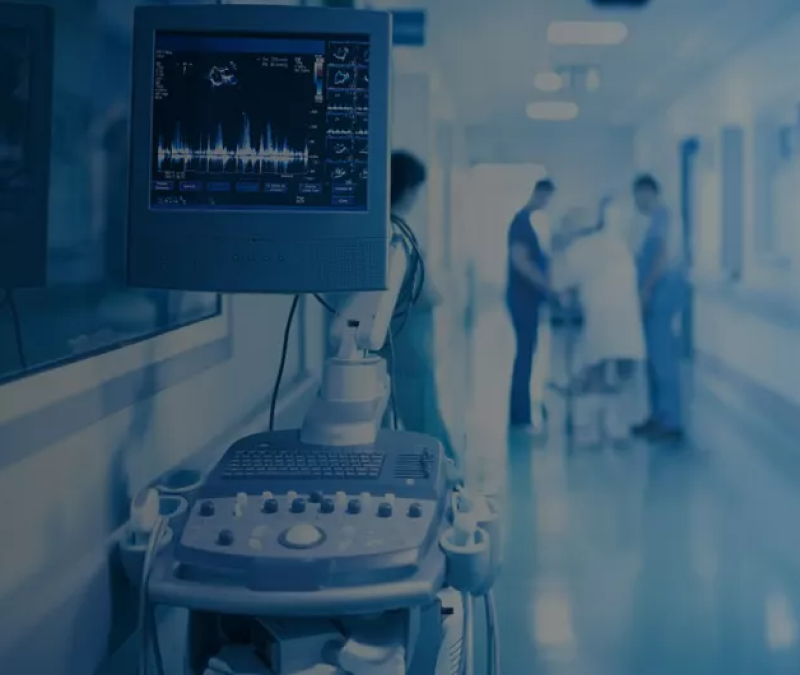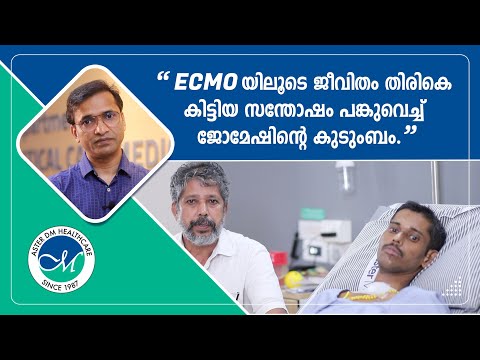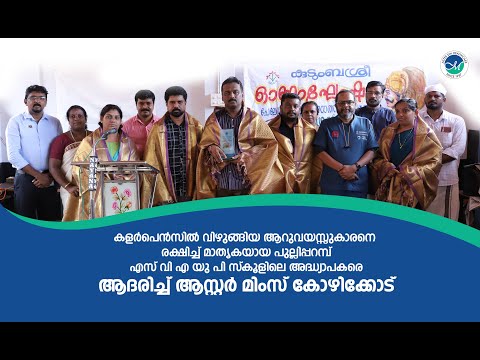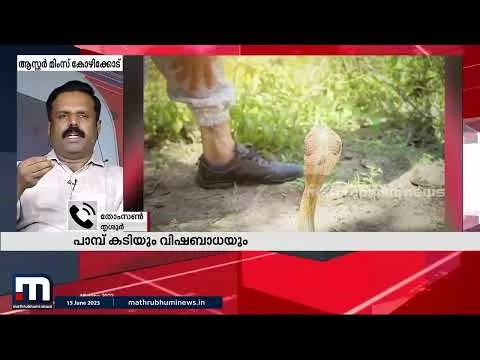The globally accredited comprehensive critical care service at Aster MIMS provides a complete solution for those who suffer from life-threatening illnesses.
The 86-bedded Intensive Care Unit (ICU) is equipped with state-of-the-art equipments for managing all medical emergencies.
Aster MIMS provides better care with the support of patient - friendly physicians, nurses and inducing technology- driven methods for easy diagnosis of the diseases. The multidisciplinary team approach of dedicated physicians in the department has also paved the way for quick diagnosis and treatment.
Our Doctors
We have some of the best specialists from around the world, they bring years of experience and offer evidence-based treatment to ensure the best care for you.
Advanced Technology & Facilities
Well equipped with the latest medical equipment, modern technology & infrastructure, Aster Hospital is one of the best hospitals in India.
High-quality postoperative evidence-based patient care Resuscitation of acutely ill patients Invasive monitoring Ventilation techniques Percutaneous tracheostomy Fibre optic bronchoscopes for therapeutic and diagnostic modalities Transesophageal echocardiography Intraaortic balloon pump Acute postoperative pain relief techniques Nutrition therapy Rehabilitation therapy.
FAQs
Want to find out more about the treatment? The answer to your questions can be found below.
What is the role of a critical care physician in a patient's treatment journey?
Critical care physicians in Ongole examine patients’ critical illnesses and diseases through a comprehensive monitoring process. This process includes a physical examination, diagnostic and imaging tests, analysis of previous reports, identification of potential side effects and associated risks, and, after considering all steps, treatment of patients with the best treatment plan.
Patient Stories
Our patients are our best advocates, hear the inspiring stories of their treatment journey
Blogs
The source of trustworthy health and medical information. Through this section, we provide research-based health information, and all that is happening in Aster Hospital.














